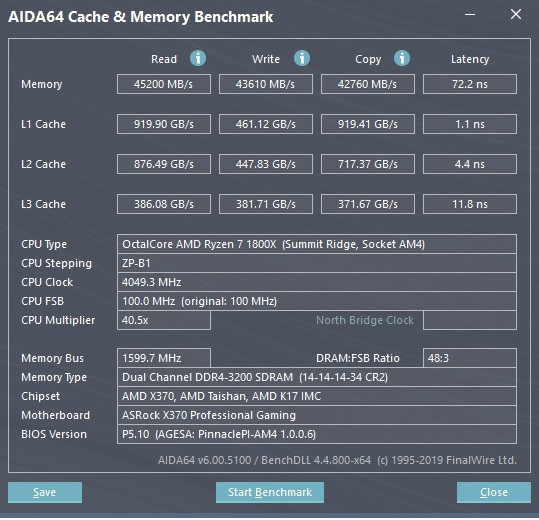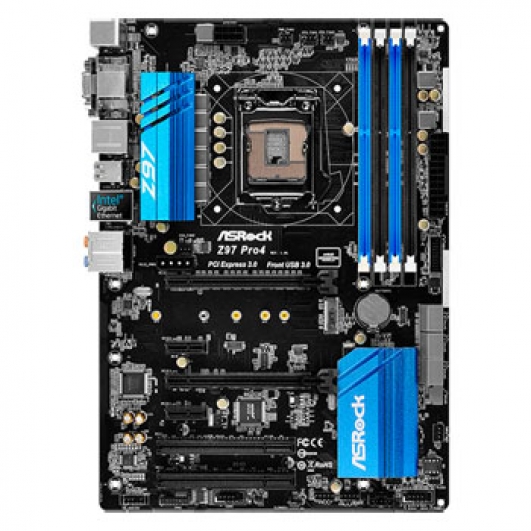
However, do note that ASRock state that the highest 'supported' speed is 2933 MT/s. While it’s simple, it’s easy to miss–especially if you’ve never heard of XMP and don’t know you need to perform this extra step. The RAM timings and voltages are exactly the same, so it should be fine, even though ASRock haven't tested it. Whenever you insert RAM that’s advertised with faster-than-standard speeds, just head to the BIOS and enable XMP to ensure that RAM is actually running at those speeds.

You can also just boot back into Windows and open CPU-Z again.
#Asrock memory timing pro
To do this, enable an XMP profile and look around your BIOS for the RAM timings to see how they changed. AMD Ryzen 3600/ AMD Ryzen 2600x Motherboard ASRock X570 Gaming 4s/ ASRock B450 pro 4 atx Cooling Cooler master Master Air/ Corsair H110i Memory 16GB GSkill. However, you could try enabling each profile in turn and choosing the profile that provides you with faster memory speeds, if you like. XMP settings will display the speed of the memory in your system. Note: A 4000MHz memory kit was used for these screenshots. You should just be able to choose “Profile 1” and be done with this. Once the Enter key is pressed, the small window will close and you’ll see your memory kit’s speed, timings, and voltage settings in the right column. 267 video encoding/decoding, 267 work surface, choosing, 278 memory modules (DIMMs) ATI All-In-Wonder, 93 ATI TVWonder, 93 CAS latency timing support. If there are two profiles to choose from, they’ll often be extremely similar, with one just having slightly tighter memory timings. (In some cases, you may just have one option to “Enable” or “Disable”.) It may be in an “overclocking” options section, although it isn’t technically overclocking.Īctivate the XMP option and select a profile. While you may see two separate profiles to choose from, you’ll often just see a single XMP profile you can enable. This option may be right on the main settings screen, or it may be buried in an advanced screen about your RAM. Poke around in the BIOS and look for an option named “XMP”. If you’re not sure what the appropriate key is for your computer, check your computer’s–or your motherboard’s–documentation. The key may be displayed on your computer’s screen during the boot-up process. Restart your computer and press the appropriate key at the start of the boot process–often “Esc”, “Delete”, “F2”, or “F10”.

To enable XMP, you’ll need to head into your computer’s BIOS.
#Asrock memory timing Pc
If you built your own PC and never enabled XMP, there’s a good chance your RAM timings are slower than you expect them to be.

Compare the timings you see here to the timings your RAM is advertised to run at.
#Asrock memory timing download
Download CPU-Z, click over to the Memory tab, and you’ll see what timings your RAM is configured to run at. DDR, DDR2, and DDR3 memories are classified according to the maximum speed at which they can work, as well as their timings. You can check your RAM timings from within Windows. If you have an AMD CPU instead, you may be able to enable “AMP”–AMD Memory Profiles.


 0 kommentar(er)
0 kommentar(er)
